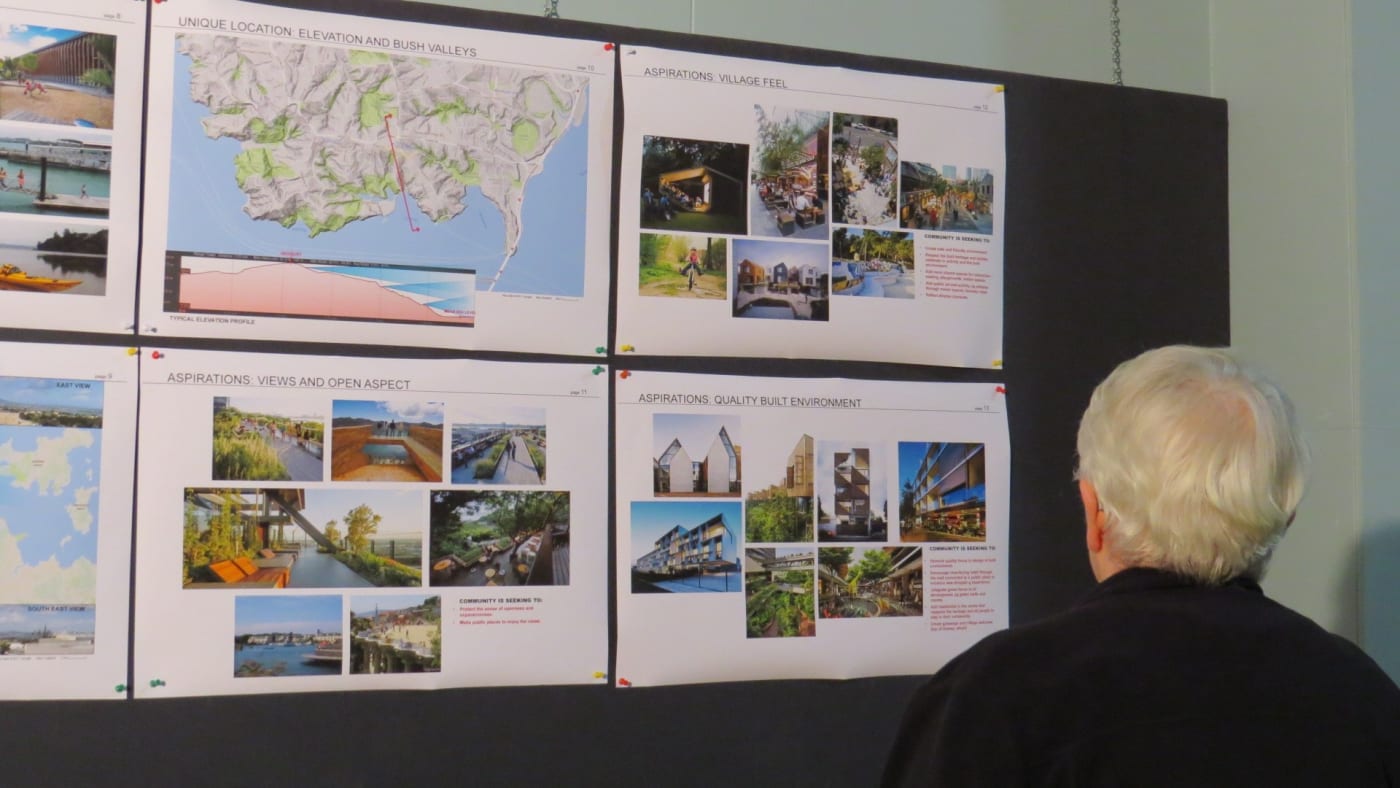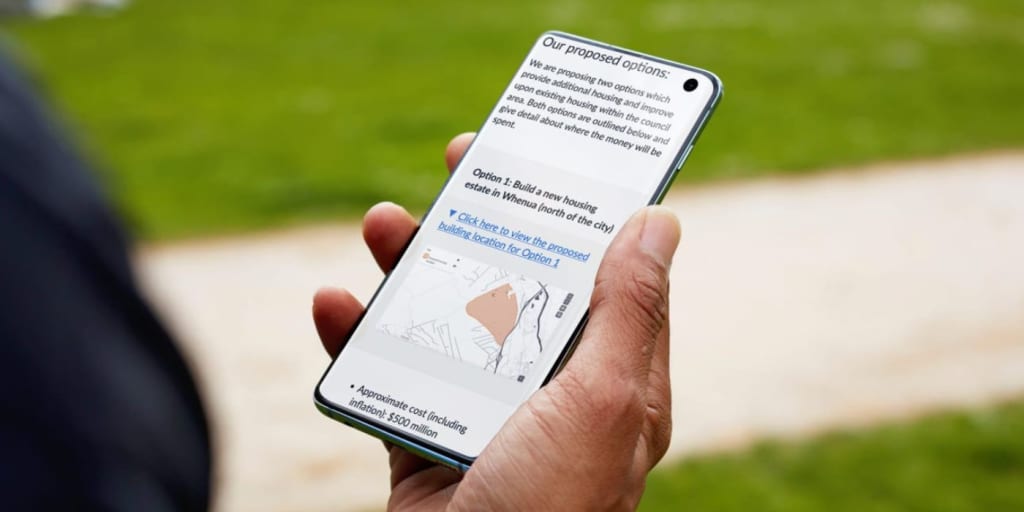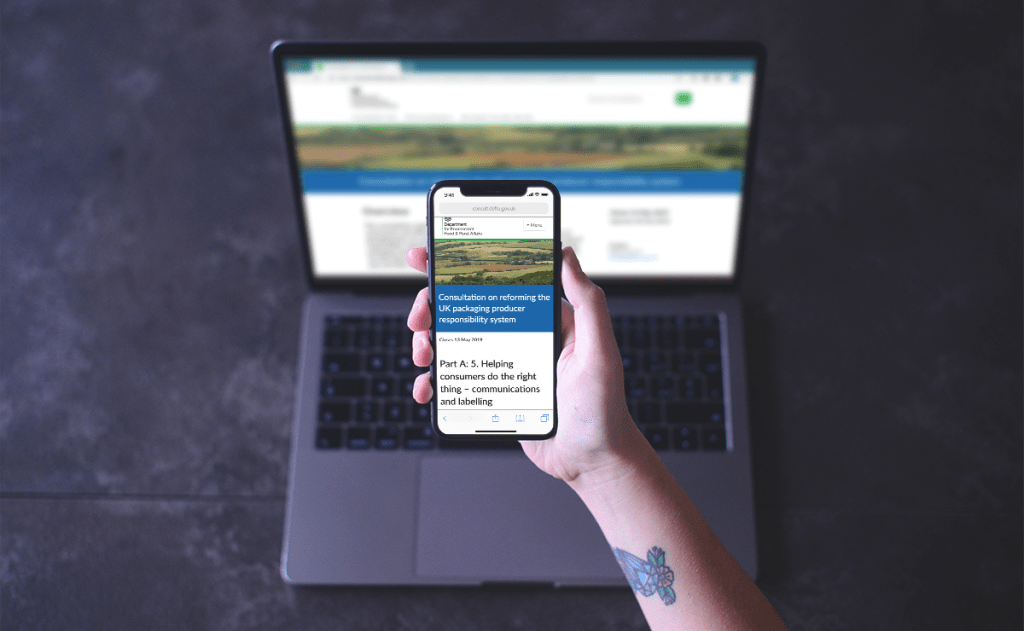
A Call for Evidence is an essential government process and the best way to achieve good quality evidence from a diverse range of sources.
This can make a big difference to the policies, projects or legislative changes being considered by central and local authorities, or regulatory bodies. Getting this stage right starts with choosing the right platform to conduct your call for evidence.
What is a Call for Evidence?

A call for evidence is an invitation for evidentiary input from a variety of experts, relevant organisations and stakeholders on a given issue. The goal of a call for evidence is to gather testimony from those with either personal experience or expertise in their fields.
Calls for evidence happen when a public body identifies an issue or area that requires investigation or official consideration. The reasoning behind this call for evidence will vary depending on the exact setting.
Some of these potential settings include:
- Public Inquiries, particularly statutory inquiries
- Public consultations
- Royal Commissions
- Parliamentary Committees, such as Select Committee Reviews.
- Legislative Committees
In 2025, a call for evidence is usually conducted via a GovTech platform like Citizen Space. The evidence is then reviewed, analysed, and used to inform a report, policy recommendation or legal decision.
Not all those asked to partake in a call for evidence are industry experts. Some stakeholders will simply be members of the public who have been impacted by a certain policy or event. Whether more experts or affected members of the public are asked to submit evidence will also depend on the context of the consultation.
A Public Inquiry Call for Evidence Example
When a public inquiry opened into New Zealand’s Earthquake Commission’s response to the 2010 Christchurch Earthquake, they asked for a large percentage of the public to contribute their experiences of the service. Due to the scale of the inquiry and the necessity for both accessibility and security, they chose Citizen Space as their digital platform.
“People have generously given their time to detail their own EQC experiences and provide their views. I was moved by what people have gone through and, in some cases, what they are still experiencing as they work to get their lives back on track.”
-Dame Silvia Cartwright, Chair of the Public Inquiry into the Earthquake Commission
Using A Call For Evidence As Part Of The Consultation Process

Calls for evidence are an important part of the consultation process. This is particularly true for statutory consultations, which must adhere to a specific set of requirements and principles in order to be deemed valid.
Consultations exist to gather the views of the public on a given issue. This could relate to any policy, plan or project that is seen to have a significant impact on a section of the public. Many processes, particularly within planning, require a consultation to happen before any work can begin and before plans are finalised.
It is crucial that consultations are more than simple box-ticking. A well-planned consultation should seek to actively involve stakeholders and the public in decision-making. This must involve both giving them accessible information, and being willing to learn and adapt based on their views and the information they can provide in turn. This is where a call for evidence is crucial.
Whereas the whole consultation process involves requesting input from experts and the public, a call for evidence is usually aimed at either those with technical expertise or those with more “formal” kinds of evidence.
For example, a call for evidence on a flood management review would be more likely to request a quantitative overview of property damage or a number of displaced households rather than an impact statement.
However, it is important to note that these terms are somewhat fluid and a call for evidence could ask for any form of contribution that is relevant to the consultation process.
How to Improve Response Rates to a Call For Evidence

Given the importance of getting high quantities of good quality evidence, it is important to approach this stage strategically. That means knowing who to approach at this stage, how to approach them and what barriers they may have to engagement.
Engaging the Public
Getting responses to a call for evidence starts with engaging all relevant parties. Where a consultation, inquiry or commission needs input from the general public, it is important that every effort is made to reach out to people from all affected communities.
Engagement is about more than just meeting the statutory requirements to inform citizens however. Engaging citizens should be proactive, where every effort is made to promote the call for evidence through channels that will reach and encourage participation from the public.
Exactly what that looks like will depend on the process, however forums for engagement include:
- Regional Media, such as local newspapers and radio
- Social Media, particularly Facebook and NextDoor
- Newsletters
- Reaching out to community groups
- Engaging local councillors and political figures involved
Where to publish information isn’t the only consideration in engagement. How to present information on a call to evidence, including the language used and how to emphasise the importance of participation is another key issue to consider.
Engaging Stakeholders
Engaging stakeholders is arguably the most important part of improving response rates to calls for evidence. This applies particularly to stakeholders that have expertise in a given area, or who have power to influence a plan or policies success.
When planning a stakeholder engagement strategy, it is useful to conduct a mapping exercise. That means establishing:
- Stakeholders’ involvement with the process so far
- Their ability to influence the project in the future
- How affected they are by the project
- What they can offer to the project if engaged
By identifying those who would be most useful at the call for evidence stage, these stakeholders can be engaged personally with a tailored approach. A well thought-out engagement plan at this stage can increase both the quality and quantity of responses and the volume of evidence.
Where public engagement may involve more mass communication styles, these experts and key stakeholders can be engaged using more individualised methods. These include personalised emails and phone calls including direct invitations to contribute. Stakeholder workshops can be a great way to drive engagement ahead of a call for evidence.
Effective Consultation Design

The first step is making an individual, organisation or body aware of the call for evidence. However, this is far from the last step. There are various other pitfalls that could occur even after a successful engagement process.
The consultation may be badly designed; the call for evidence could be unclear; or the digital platform difficult to use. Any of these could lead to a call for evidence receiving fewer submissions or poorer quality submissions.
It is important to make sure that all questions are phrased clearly. If only a specific type of technical evidence is relevant to the process, that should be made abundantly clear to all respondents to ensure you aren’t sifting through unnecessary data. At this stage, ambiguity should be avoided wherever possible, and legal clarity is essential.
The platform used to conduct the call for evidence should be a purpose-built GovTech platform like Citizen Space. Citizen Space supports different evidence formats, including file uploads and structured questions, meaning experts and organisations can submit everything from detailed reports to case studies within the same platform.
Accessibility and Inclusivity
Accessibility and inclusivity is another important consideration when trying to drive response rates and encourage participation. If a call for evidence is aimed at a community that is traditionally more isolated, it may mean that more community engagement needs to be done ahead of time.
From a technical perspective, the way evidence is gathered and submitted must also be accessible. This includes ensuring the digital platform is optimised for screen readers and assistive technology, as Citizen Space is. It also means designing questions and information with a wide range of needs in mind. This could include using plain English where possible, avoiding unnecessary jargon, and providing alternative formats on request.
If a call for evidence is inaccessible, the number of responses may suffer significantly,affecting the outcomes in the final report. It may also mean that certain voices are entirely excluded, leading to an evidentiary “picture” that isn’t as full as it could be.
Building Trust by Demonstrating Transparency
The only way to ensure long-term engagement with public bodies in these processes is developing a relationship grounded in trust. From an organisational standpoint, trust is built through consistent, transparent communication.
This is particularly important for when the public are involved in calls for evidence, but can also be true for experts and organisations who may be skeptical of how their contribution will be used. It is important to explain the process clearly, particularly what submitted evidence will be used for and how it will be presented. If evidence is going to be analysed alongside similar evidence, who will this be made available to and will it be anonymised?
Perhaps most importantly, respondents will want to know that their evidence mattered and was not simply an exercise. That’s why Citizen Space includes built-in features to report back to respondents at every stage of a consultation and afterwards. This can help to close the loop and show respondents how their evidence shaped the final outcome.
Building this relationship of trust means that those who interacted with the process are more likely to do so again in future. Developing these relationships – especially with organisations and experts that may be consulted repeatedly – is vital to improving response rates in the long term.
How Defra Used Citizen Space To Run A Call for Evidence

The Department for Environment, Food & Rural Affairs (Defra) is a government ministry with a wide range of responsibilities. It includes everything from environmental action to agricultural policy and rural affairs.
As Defra’s work involves many complex and important areas of policy, it is required to run a great deal of consultations and calls for evidence. These are particularly useful to their work in policy-making, helping decision-makers to fully understand an issue before developing policy solutions.
Since 2013, Defra has used Citizen Space as a digital engagement platform for consultations and calls for evidence. Given the high-profile nature of many of their consultations, the platform needed to be capable of handling significant levels of traffic while ensuring the security and integrity of the data collected.
Citizen Space is accessible, user-friendly and designed with democratic processes like this in mind. By using Citizen Space, Defra is able to gather the evidence it needs to support informed decision-making.
“The views, data and case studies we receive will be vital to helping to inform future government policy in this area including by better understanding the trade both at home and abroad.”
– George Eustice, Former UK Environment Secretary
Citizen Space is the go-to platform for connecting governments, developers, and citizens. If you’d like to learn more about how our software supports calls for evidence and the consultation process, book a free demo and we’ll walk you through it.
Sign up for the Delib newsletter here to get relevant updates posted to your email inbox.